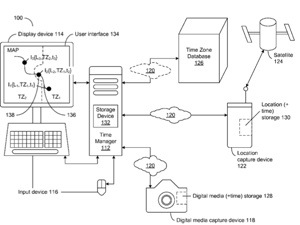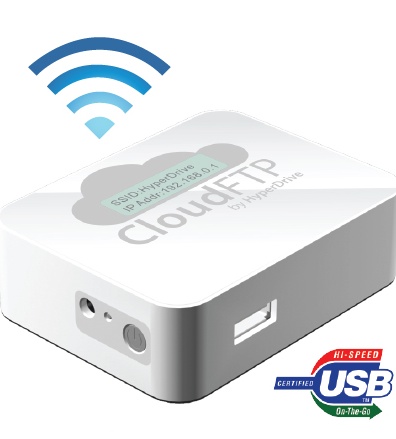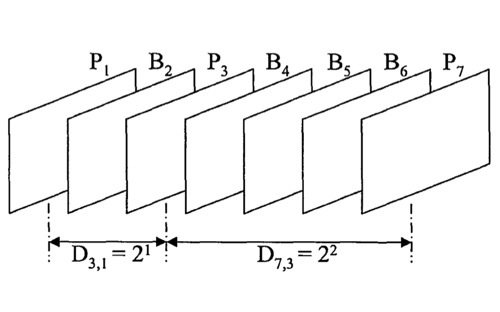An Apple patent (number 20110109769) for adjusting the time metadata of digital media items has appeared at the US Patent & Trademark Office. The invention involves editing digital media items, for example, based on the metadata associated with the digital media items.
The patent is for methods, apparatuses, and systems for adjusting time metadata of digital media items. A digital image captured at a location is associated with a time of capture and a location of capture. It is determined that a time of capture of the digital image is in a preset time zone that is different from a time zone of the location.
In response to the determining, multiple locations are provided, each being associated with a respective time zone including a time zone of the location. A selection of a location is received and the time of capture is adjusted based on a time zone associated with the selected location. The inventors are Nikhil Bhatt and Alexander David Wallace.
Here’s Apple’s background and summary of the invention: “In general, an innovative aspect of the invention described here can be implemented as a system that includes an image receiver configured to receive a digital image that includes image data and metadata that includes a time of capture of the digital image. The time of capture lies within a preset time zone.
“The system includes a location receiver configured to receive location information identifying a location. The location information includes a time of recording of the location information and a reference time zone of the time of recording. The system further includes a processor operatively coupled to the image receiver and the coordinates receiver. The processor is configured to detect an assignment of the digital image to the location.
“The system also includes a comparison unit configured to determine if the preset time zone is different from the reference time zone. The processor is further configured to display a message indicating a conflict between the time of capture and the time of recording on a display device operatively coupled to the processor, upon determining that the preset time zone is different from the reference time zone.
“This, and other aspects, can include one or more of the following features. The preset time zone can be associated with the digital image in response to input. The processor can be associated with the preset time zone. The processor can be configured to associate the time of capture with the preset time zone. The processor can further be configured to transmit the location information to a time zone database operatively coupled to the processor.
“The time zone database can be configured to store time zones defined for planet earth and location information of locations that lie in each of the stored time zones. The processor can further be configured to receive, from the time zone database, a time zone in which the transmitted location information lies, to adjust the time of capture of the digital image based on the received time zone.
“To adjust the time of capture of the digital image based on the received time zone, the processor can further be configured to determine a difference between the received time zone and the preset time zone, and offset the time of capture by the difference. To offset the time of capture by the difference, the processor can be configured to add the difference to the time of capture.
“The processor can further be configured to receive input to resolve the conflict between the time of capture and the time of recording. The system further includes a time zone database operatively coupled to the processor, the time zone database configured to store time zones defined for planet earth and location information of locations that lie in each of the stored time zones.
“Another innovative aspect of the invention described here can be implemented as a computer-implemented method that includes receiving, by data processing apparatus, a digital image captured at a location. The method includes determining, by the data processing apparatus, that a time of capture associated with the digital image is in a preset time zone that is different from a time zone of the location in which the digital image was captured.
“The digital image is associated with the time of capture. The method includes, providing, by the data processing apparatus, multiple locations, each being associated with a respective time zone, in response to the determining. The multiple locations include the location in which the digital image was captured. The method includes receiving, by the data processing apparatus, a selection of a location from the provided plurality of locations, and adjusting, by the data processing apparatus, the time of capture associated with the digital image based on a time zone associated with the selected location.
“This, and other aspects, can include one or more of the following features. Receiving the digital image captured at a location can include receiving the digital image from an image capture device, receiving location information identifying the location from a location capture device, and associating the digital image with the location.
“The digital image can be associated with the location in response to user input. The location information can include global positioning system (GPS) coordinates identifying the location. Associating the digital image with the location can include storing the GPS coordinates as digital image metadata that includes the time of capture.
“The location of capture can be defined by global positioning system (GPS) coordinates recorded at the location. The GPS coordinates can include a GPS time at which the GPS coordinates are recorded. Determining that the time of capture associated with the digital image is in a time zone that is different from a time zone of the location in which the digital images captured can further include transmitting the GPS coordinates recorded at the location to a time zone database that stores GPS coordinates of all locations defined on planet Earth and associated time zones in which each of the GPS coordinates are located, receiving, from the time zone database, a time zone associated with the GPS coordinates recorded at the location, and comparing the received time zone with the preset time zone.
“Providing the plurality of locations are arranged in a hierarchy of locations having planet Earth as a root location and geographical locations on planet Earth as node locations. A node location can represent a continent and children locations of the node location represent collections of one or more countries in the continent. The collections can represent corresponding time zones defined for planet Earth.
“Each collection can be associated with a corresponding cluster of GPS coordinates that collectively identify the one or more countries in the collection. Providing the plurality of locations can include providing a control for each collection. Receiving a selection of a location can further include receiving a selection of a control provided for a collection. The method can further include transmitting GPS coordinates that collectively identify the one or more countries in the collection to a time zone database that stores time zones defined for all geographic locations on planet Earth.
“Adjusting the time of capture associated with the digital image based on a time zone associated with the selected location can further include receiving, from the time zone database, a time zone defined for the one or more countries in the collection, and comparing the received time zone with the preset time zone. Adjusting the time of capture associated with the digital image can further include determining a difference between the time zone that is associated with the digital image and the time zone of the location in which the digital image was captured, and offsetting the time of capture by the difference.
“The time of capture and the location of capture can be associated with the image as metadata. Time metadata representing the time of capture and location metadata representing the location of capture can be associated with the digital image separately. Time metadata representing the time of capture and location metadata representing the location of capture can be associated with the digital image simultaneously.
“More innovative aspects of the invention described here can be implemented in a computer-readable medium, tangibly encoding software instructions, executable by data processing apparatus to perform the computer-implemented method described above. Additional innovative aspects of the invention described here can be implemented in a system that includes data processing apparatus and the computer-readable medium described previously.
“Particular implementations of the subject matter described in this specification can be implemented to realize one or more of the following potential advantages. When a user captures digital images at a geographic location that lies in a time zone that is different from the time zone in which the user resides, the systems and techniques described here can adjust the time of capture of the digital images based on the time zone in which the user resides.
“The adjustments can be performed automatically, i.e., upon obtaining an association between a digital image and a geographic location and determining that a time zone in which the digital image was captured is different from the time zone in which geographic location information was captured. In addition, the adjustments can be made in response to user input, for example, by providing a conflict message indicating a difference between time zones to a user, and receiving input from the user to adjust time zones to resolve the conflict.”
— Dennis Sellers




